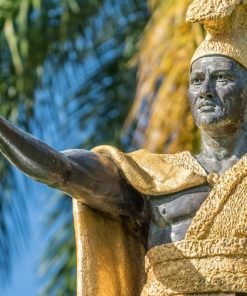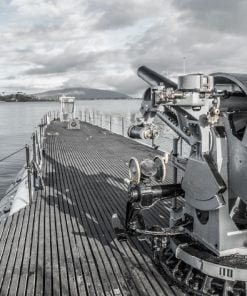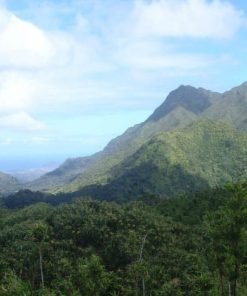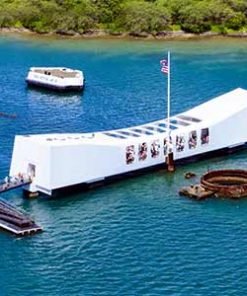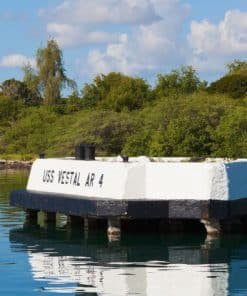Pearl Harbor, Oahu – After The Attack
What happened after the attack

A crippled Japanese plane landed that afternoon on the isolated island of Niihau. The plane was disarmed by a native Hawaiian. A message was sent to the island of Kauai asking for help. The Japanese pilot convinced one Japanese descendant on the island to set him free and return his weapons, after which a rampage ensued. Meanwhile, a Hawaiian, Benhakaka Kanahele, and his wife were captured by the two Japanese. They jumped their captors and escaped. Kanahele was shot in his stomach, groin, and leg, and in anger, picked up the Japanese pilot and smashed his head against a stone wall. The pilot shot himself, ending the “Battle of Niihau”.
Shortly after the attack, the Army anticipated the Japanese may land on Hawaii. Troops took up positions around the perimeter of all main Hawaiian islands. Barriers were placed on beaches in an effort to obstruct a landing. All Hawaii airports were taken over by the Army and private planes were grounded. The Hawaii Territorial Guard and ROTC units from the University and high schools were mobilized. Martial Law was declared in spite of opposition by Hawaii’s Territorial Governor Poindexter. General Walter C. Short issued a declaration in which he announced that he was taking over the Hawaii Territorial Government as the Military Governor of Hawaii. With martial law came curfews, blackouts, and many other restrictions including censorship of the news and mail.
Government buildings including the Iolani Palace were turned into military offices. Military courts replaced the civil courts and military law was the law of the land for both civilians and military personnel. The Hawaiian islands were essentially turned into one large military base. All Japanese owned businesses were shut down. Local police, FBI and Army arrested many residents who were considered dangerous.
Residents were fingerprinted and identification cards were issued, which had to be carried at all times. Residents and businesses could not hold more than $200 in cash.
Although originally it was believed that martial law would last only a short time, it lasted for almost three years. After it was terminated, curfews and blackouts still remained in effect until July 1945.
In Hawaii, many residents of Japanese descent were moved to detention centers, but there were so many, they could not hold everyone. Although a plan was devised to move up to 100,000 Japanese from Hawaii, it was never executed.
However, in February 1942 shortly after the outbreak of World War II, President Roosevelt signed an Executive Order, authorizing Japanese-American citizens to be picked up and placed in one of 10 “relocation centers” located in California, Idaho, Utah, Arizona, Wyoming, Colorado, and Arkansas. This affected approximately 120,000 Japanese, of which approximately 80,000 were US Citizens.
Conditions in the US internment camps were poor and there was extreme overcrowding. There were no plumbing or cooking facilities and food was rationed out to the detainees. Eventually, the US government offered to release the detainees but only if they agreed to serve in the US Army. This offer was not widely accepted and only approximately 1,200 people were enlisted.
In 1944, President Roosevelt rescinded the Executive order. It took until the end of 1945 to close down all of the internment camps. It was not until 1968 that the US Government began paying compensation to Japanese American citizens for property they had lost. It was only provided to approximately 60,000 of those who had survived to receive it.
Are you ready to experience Pearl Harbor Honolulu Tours?
Plan your visit. Relax and be confident in your booking, we’ve got you covered.

